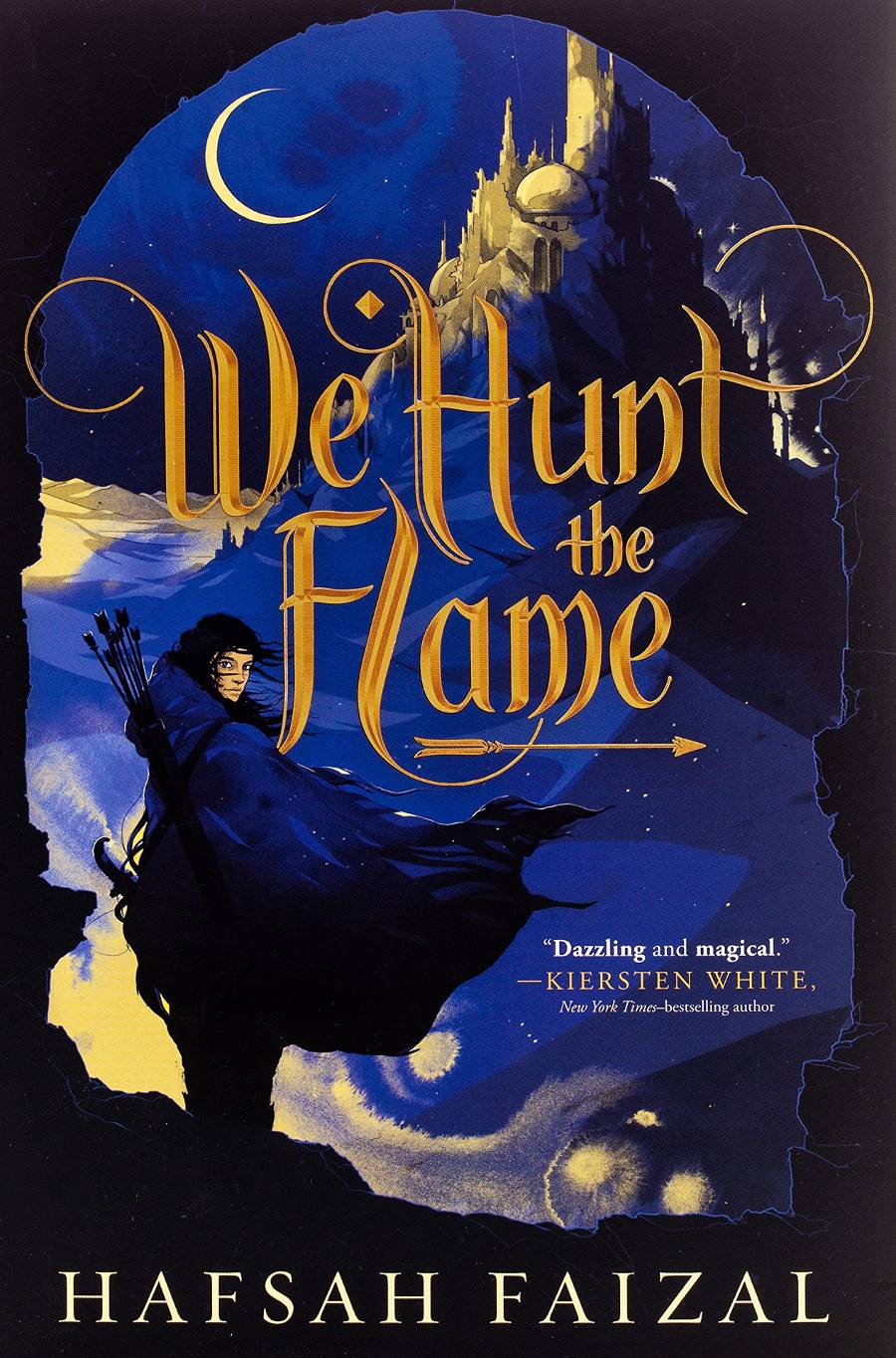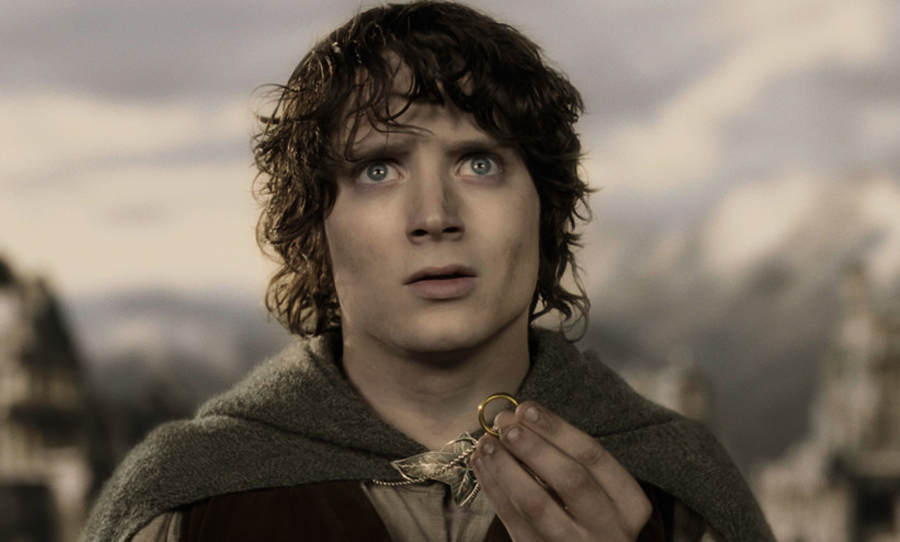Fantasy books are some of the most influential cultural touchstones in modern history. Let’s get to know the very best examples of all time.
Complex world-building, deeply nuanced character development and wildly inventive storylines are just some of the reasons that the fantasy genre has become so beloved and transformative for Western culture.
Many modern critically-acclaimed films, TV shows and theatre performances have been adaptations, or cited inspiration, from the most iconic novels of this genre. Below, we’ve collected a list of some of the greatest fantasy novels of all time.

One Thousand and One Nights – Antoine Galland (Translator) (1816)
Commonly known in English as Arabian Nights, One Thousand and One Nights is a collection of fantasy tales written in Arabic, over centuries by authors from the Arabian Peninsula, North Africa, and South Asia. With stories varying in genre from comedies, tragedies, erotica, and poetry, the thread that ties them all together is the frame narrative: a young woman, Scheherazade, who tells Shahryār, a king, a series of tales on their wedding night.
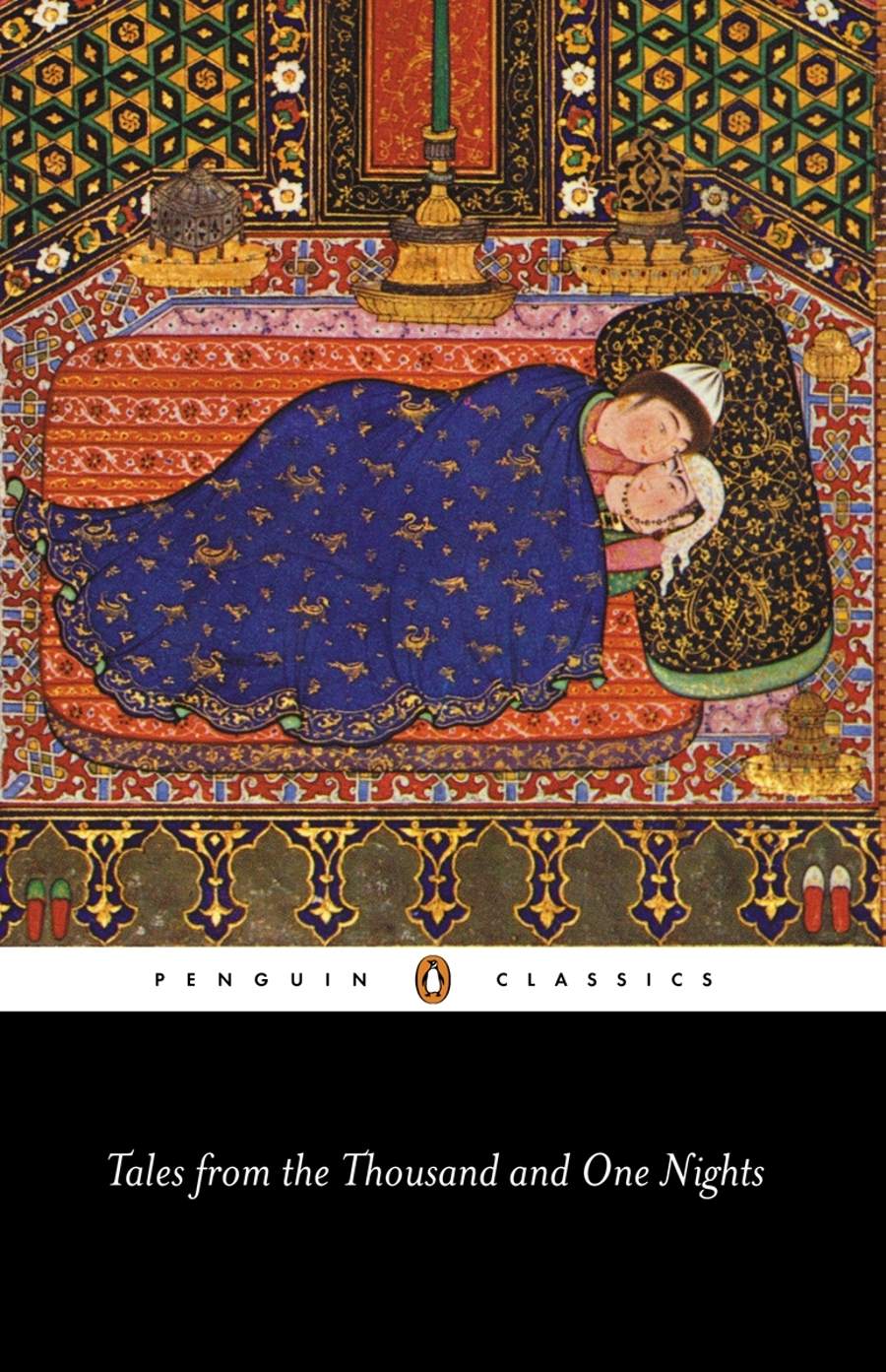
The Lion, The Witch, and The Wardrobe – C.S. Lewis (1950)
The first of seven novels in the Chronicles of Narnia, C.S. Lewis’ masterpiece The Lion, The Witch and The Wardrobe is a cultural cornerstone of fantasy fiction. It follows the journey of Lucy, and her three siblings, Susan, Edmund and Peter, who discover the secret of the wardrobe in their professor’s mysterious old house.
Set in the fantastical world of Narnia, where four ordinary children embark on an extraordinary magical adventure — Lewis’ beloved novel has been adapted three times for television, multiple times for the stage, as well as being turned into a feature film produced by Disney.

The Lord of The Rings – J.R.R. Tolkien (1956)
The Lord of The Rings really doesn’t need an introduction. Written by J.R.R. Tolkien as a follow-up to his novella The Hobbit, the enormously intricate novel is considered to be one of the most legendary examples of high fantasy in modern literary history. It’s also one of the best-selling book series (now generally sold in a trilogy: The Fellowship of The Ring, The Two Towers, Return of The King) of all time, and has been credited as irrevocably shaping the fantasy genre into its modern form.
The story is told mainly through the perspective of the hobbits Frodo, Sam, Merry and Pippin, as they being their journey from The Shire, through the expansive terrains of Middle-Earth to destroy the One Ring — the vehicle of mass power created by the villain, Dark Lord Sauron — to prevent Sauron from powerfully dominating all of Middle Earth.
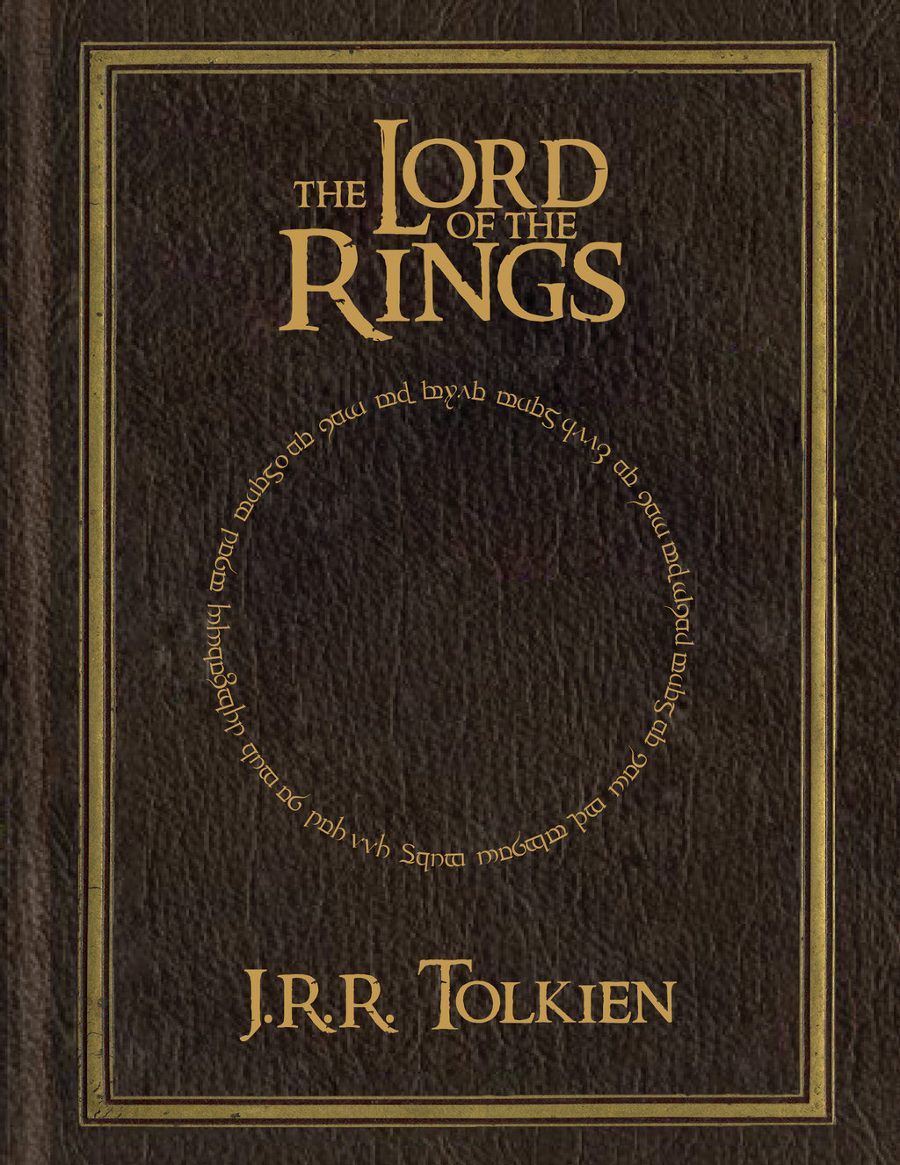
Howls Moving Castle – Diana Wynne Jones (2009)
Brought to life in the film by legendary filmmaker Hayao Miyazaki, Howls Moving Castle follows the story of Sophie Hatter, a young girl who was put under a spell by the Witch of the Waste. With nothing to lose, Sophie makes her way to the enigmatic Wizard Howl, who lives in a moving castle, in the hopes that he can break the curse. Funny, and enthralling, it’s easy to see why Miyazaki was drawn to adapting it.

A Wrinkle in Time – Madeleine L’Engle (1962)
Having generated two feature film adaptations, A Wrinkle in Time is the first book in Madeleine L’Engle’s Time Quintet series and follows Charles Wallace Murry as he goes searching through a ‘wrinkle in time’ for his lost father. An exhilarating blend of sci-fi and fantasy, the novel details Charles, his sister Meg and his friend Calvin’s epic journey through another planet, guided by three comedic guardian angels Mrs Whatsit, Mrs Who and Mrs Which.

Dune – Frank Herbert (1965)
It’s pretty hotly debated whether Dune belongs in the sci-fi or the fantasy genre but its iconic status made it difficult to erase from the list. Originally published as two separate serials in Analog magazine in 1965, Dune is widely considered one of the greatest science-fiction/fantasy novels of all time.
Notoriously complex, the fantasy novel follows the journey of a young Paul Atreides, whose family accepts the stewardship of the planet Arrakis. Arrakis is the only planet where melange a.k.a “the spice” grows, a valuable natural drug that enhances mental powers and life expectancy. Thus, begins an epic saga of complex land politics, religion, ecology, technology and humanity, as factions of the empire struggle for control of Arrakis.
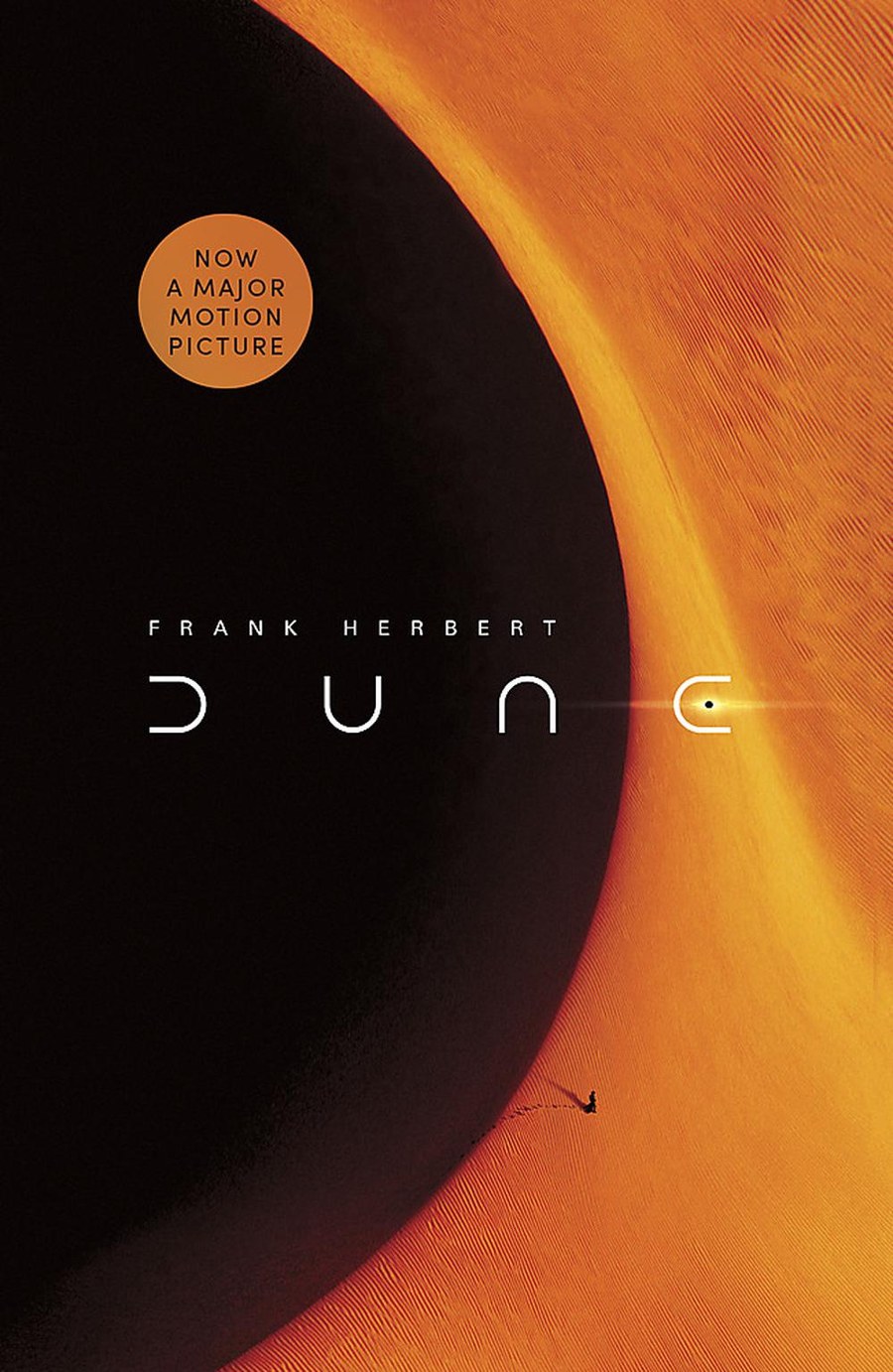
Villeneuve’s #Dune is the movie of our generation, a monumental, unreal masterpiece.
Never before have images of this scale been put to screen next to moments of such beautiful intimacy.
Its world is enthralling, but only because of the strong characters that lead us into it. pic.twitter.com/itLQi65AH6
— Everyday Dune (@EverydayDune) September 21, 2021
A Wizard of Earth Sea – Ursula K. Le Guin (1968)
One of the most influential fantasy writers in literary history, Ursula K. Le Guin is an American novelist whose bildungsroman A Wizard of Earthsea — the first novel in her Earthsea series — is widely known as one of the best novels written in the high fantasy genre.
A Wizard of Earthsea details the life of Sparrowhawk, one of the greatest voyagers on Guin’s island of Gont — a realm known for its powerful wizards. It follows Sparrowhawk’s quest in defeating the evil shadowbeast he accidentally releases into his world, weaving a portrait of Taoist themes of cosmic balance, adolescence and a tumultuous coming-of-age.

The Hitchhiker’s Guide to The Galaxy – Douglas Adams (1979)
In the moments before Earth is demolished to make way for a spacial, intergalactic highway, Arthur Dent is saved by his friend Ford Prefect — researcher for the eponymous “Hitchhiker’s Guide to The Galaxy.” The fantasy novel follows the adventures of the duo as they wander through space, running into quirky, richly drawn characters — all fellow travellers of the Galaxy.
Originally a 1978 radio comedy broadcast on BBC Radio, The Hitchhiker’s Guide to The Galaxy has been adapted into several formats beyond the novel, including: theatre, video games, comic books, TV adaptations and a feature film. It’s had an insane impact on Western culture; there’s even a Wikipedia article dedicated to phrases from the series that have made a mark on the fandom and the scientific community.

Outlander – Diana Gabaldon (1991)
Being a historical fantasy novel, Outlander details the journey of 20th-century British nurse Claire Randall who finds herself thrown back in time to 18th century Scotland, and must navigate love and loss alongside Highland warrior Jamie Fraser. For the avid Netflix watchers, Outlander is most famously known for its Starz television adaptation starring Caitríona Balfe and Sam Heughan.
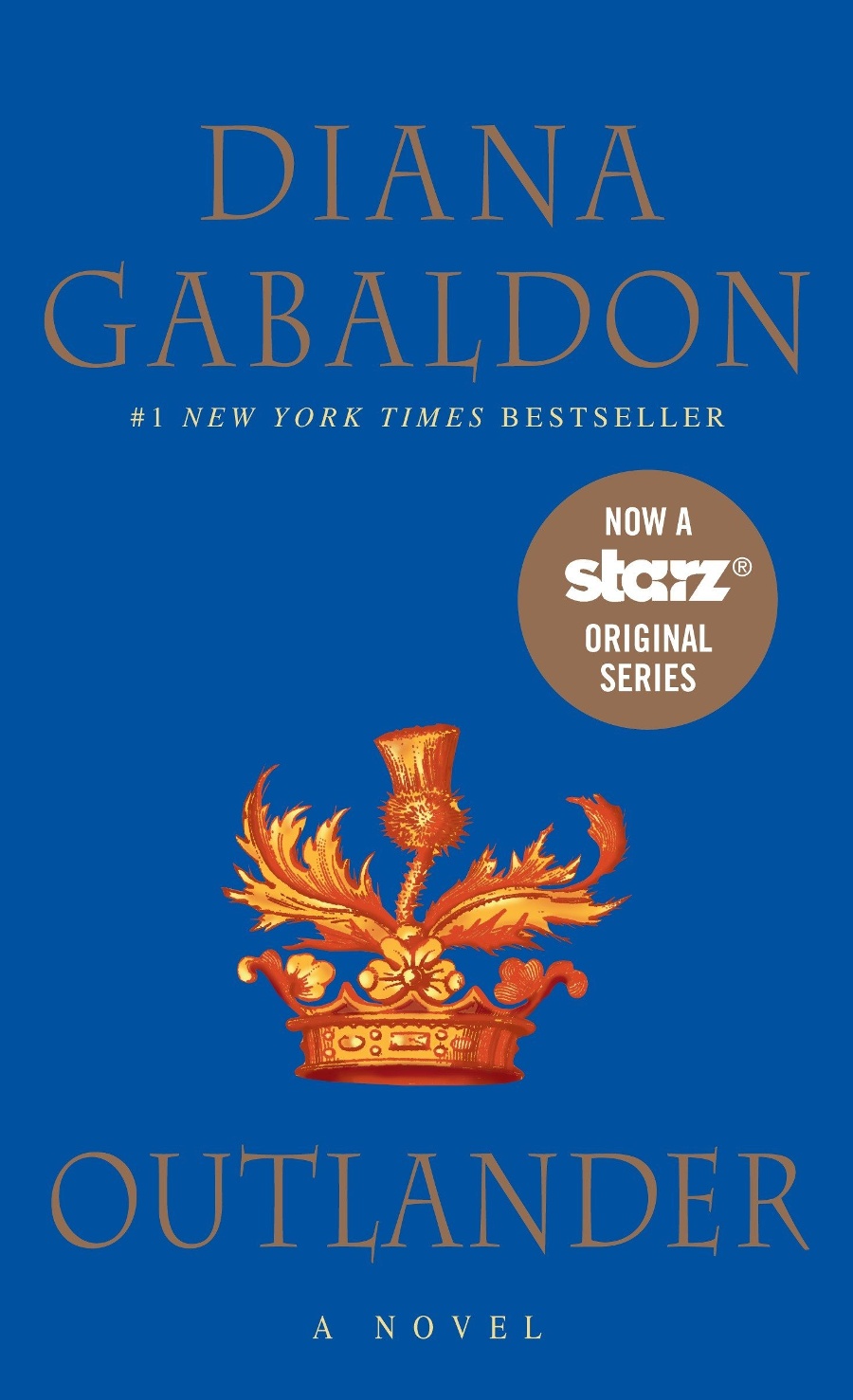
With the release of the 9th book BEES on November 23rd here’s Diana’s chronology order of the #Outlander Book Series 📚❤️#ReadtheBook #Books #BigBooks #BookSeries https://t.co/XqjnG1x725 pic.twitter.com/oHFtDhGEiQ
— Outlander Ambassador (@OutlanderAmbass) September 11, 2021
The Northern Lights – Philip Pullman (1995)
The first of three novels in Philip Pullman’s fantasy series His Dark Materials, The Northern Lights is one of the most critically acclaimed fantasy books of all time. Often seen to be a reimagining of John Milton’s Paradise Lost, it explores themes of religion, theocracy, self-determination and coming-of-age.
Set in a parallel universe, where the world is controlled by an international theocracy called The Magisterium, The Northern Lights details the life of teenage protagonist Lyra Belaqua. She is accompanied on her journey to the Arctic in search of her Uncle Asriel — a researcher on a mysterious substance called Dust — by her dæmon Pan, a physical manifestation of her soul in animal form.
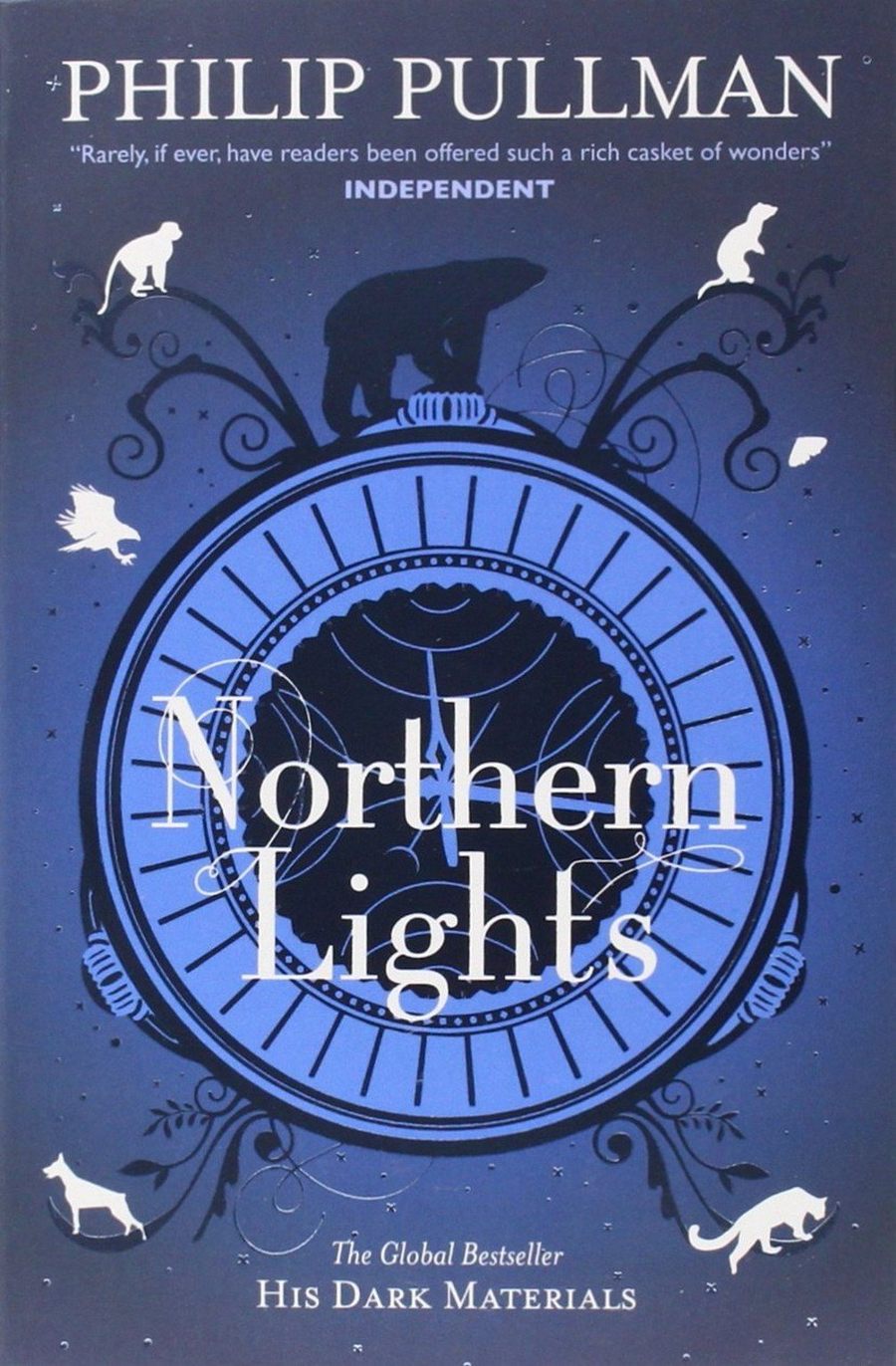
A Game of Thrones – George R.R. Martin (1996)
I doubt there’s any millennial that doesn’t know what this novel is, but just for the sake of transparency: A Game of Thrones is the first novel in the A Song of Ice and Fire fantasy series, most famously known for spawning the eponymous, Emmy-winning HBO television show.
A Game of Thrones introduces the world of Westeros and has multiple protagonists, the main three storylines occurring in The Seven Kingdoms (introduction to the Houses of Lannister, Baratheon and Stark), on The Wall (depicting the life of Ned stark’s bastard son Jon Snow and the guardians of The Wall, the Night’s Watch) and across The Narrow Sea (introduction to House Targaryean and the Dothraki). The first of a planned seven volumes — which Martin has yet to finish — A Game of Thrones is one of the most famous fantasy novels in recent memory.
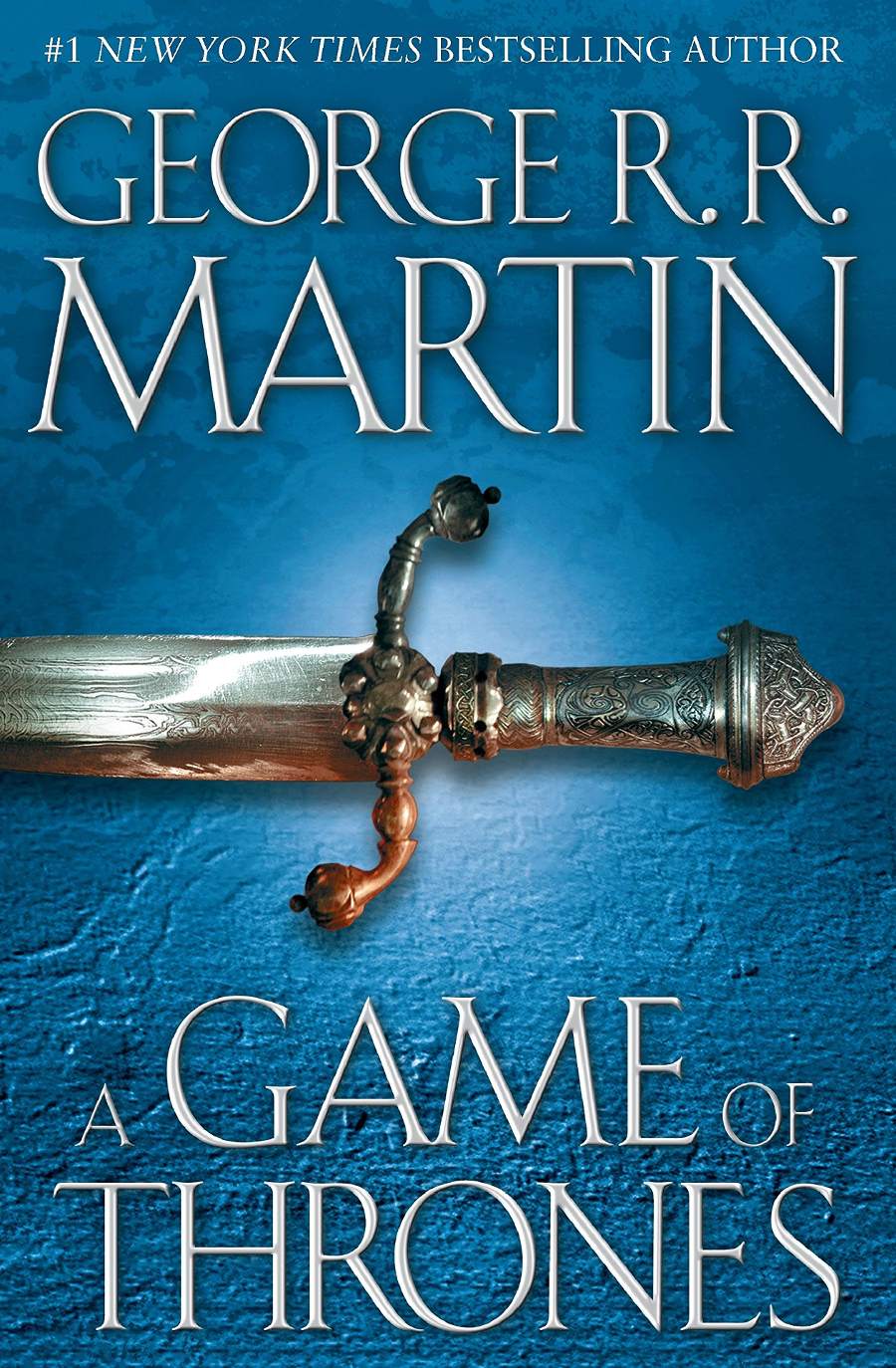
Ella Enchanted – Gail Carson Levine (1997)
Ella Enchanted is a famous retelling of the Cinderella fairytale, employing the use of a range of mythical creatures including fairies, elves, ogres, gnomes, and giants. Following the life of Ella, a girl cursed with unyielding obedience, the novel constructs a fantastical adventure.
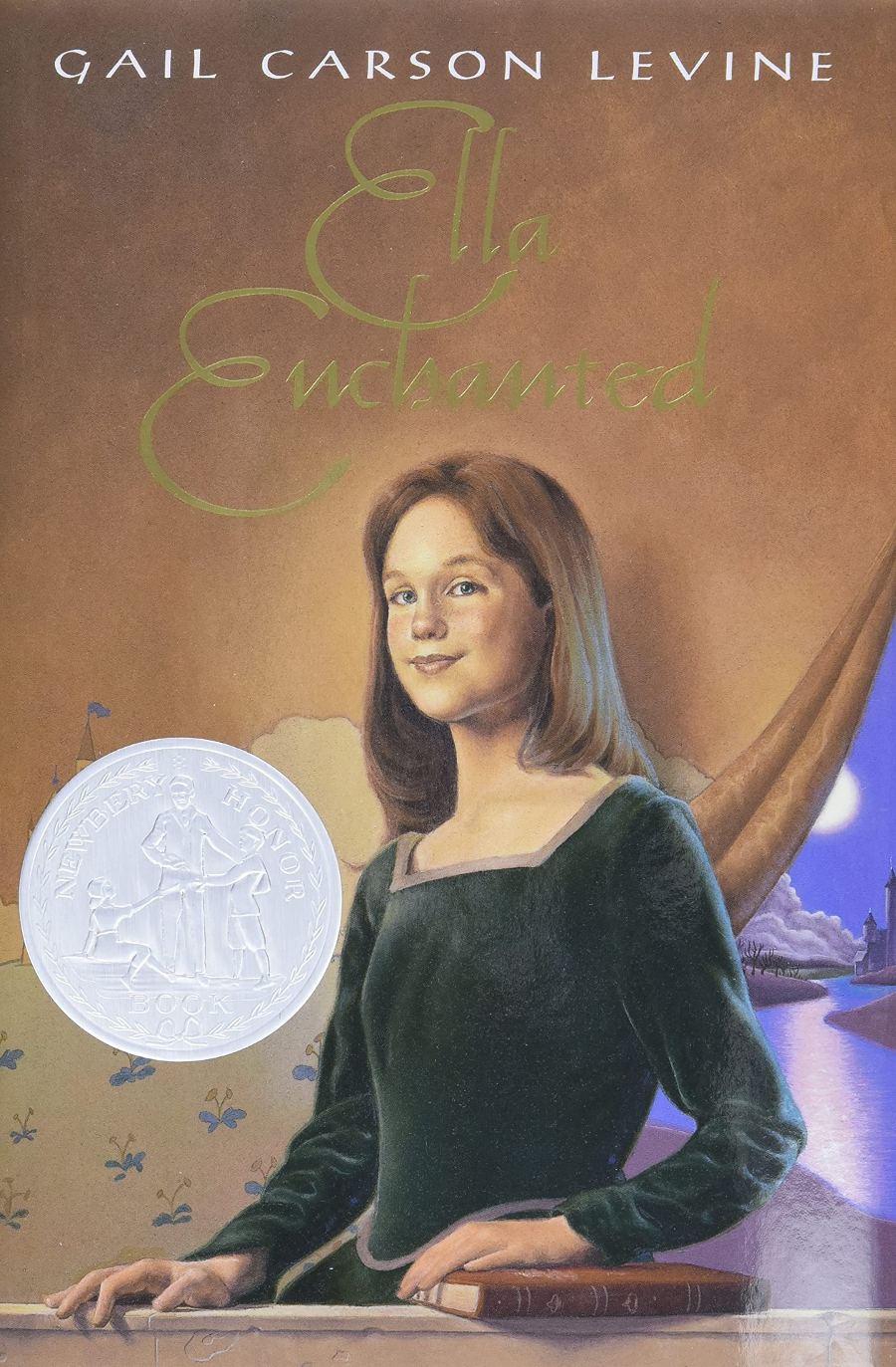
Harry Potter and The Philosopher’s Stone – J.K. Rowling (1997)
Speaking of famous fantasy, again, I don’t think this one needs to be explained. Probably the most iconic fantasy series in Gen Z memory, and one of the most successful franchises in history — yes, J.K. Rowling became the richest author of all time — the Harry Potter universe was conceived with this small novel, Harry Potter and the Philosophers’ Stone. Which by the way, was rejected 12 times before becoming a billion-dollar, multi-media franchise.

Each word in the Harry Potter books has a value of £538.73. pic.twitter.com/pfV0aAxjDt
— Potterhead Posts (@PotterheadPosts) September 21, 2021
American Gods – Neil Gaiman (2001)
A genre-blurring work of fiction, American Gods integrates Americana, both ancient and modern mythology and fantasy to construct a narrative that peers into the soul of America. It follows the journey of Shadow, grieving from the mysterious death of his wife, and Mr. Wednesday, an enigmatic stranger who claims to be a “refugee from a distant land, a former God, and the king of America” as they embark on a bizarre, yet profound road trip across the country, as a storm of mystical forces threatening builds around them, ready to come crashing down at any moment.
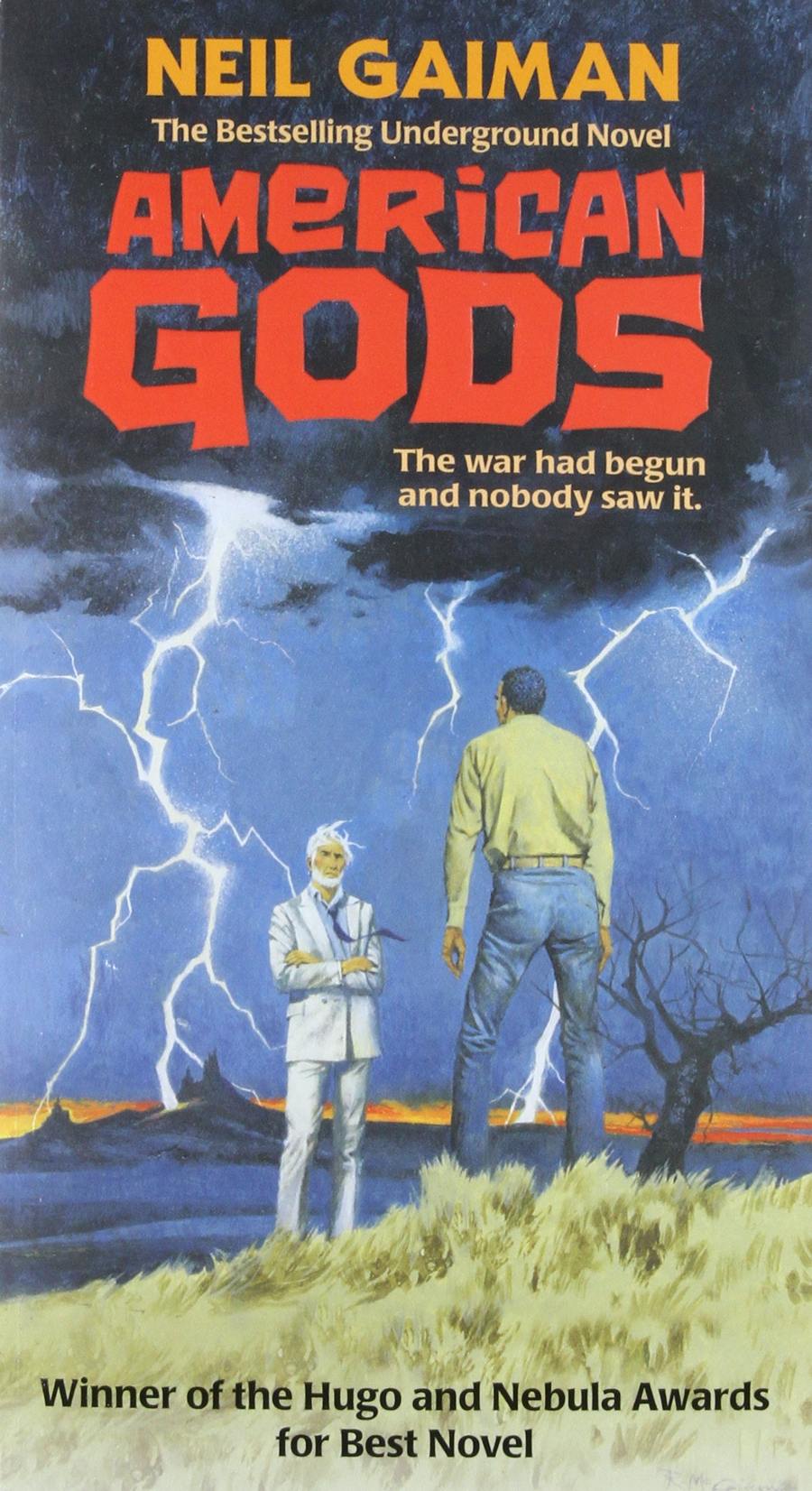
The Curse of Chalion – Lois McMaster Bujold (2001)
One of the most critically lauded fantasy books of the 2000s — it was nominated for the Hugo, World Fantasy, and Locus Fantasy Awards — The Curse of Chalion is the first book in the Hugo-winning series The World of Five Gods. It follows the story of Lord Cazaril, once-captain and courtier, a now-menial slave in the kitchens of Dowager Provincara. Cazaril’s eventual promotion to the inner circle of the royal house results in a thrilling series of events, where he is forced to reckon with immensely powerful enemies and confront the deadly curse that plagues the royal family.
School Library Journal described Lois McMaster Bujold as “[weaving] a convincing and captivating fantasy world, well researched, with magic that works and gods that live without destroying the balance of this medieval society… A finely balanced mixture of adventure, swordplay, court intrigue, romance, magic, and religion makes [The Curse of Chalion] a delightful read.”

The Lies Of Locke Lamora – Scott Lynch (2006)
Following the life of orphan Locke Lamora, The Lies of Locke Lamora details the young boy’s exploits as part of an infamous group of swindlers called the Gentleman Bastards, as he and his band of brothers face their underworld’s most ferocious and vicious leader.
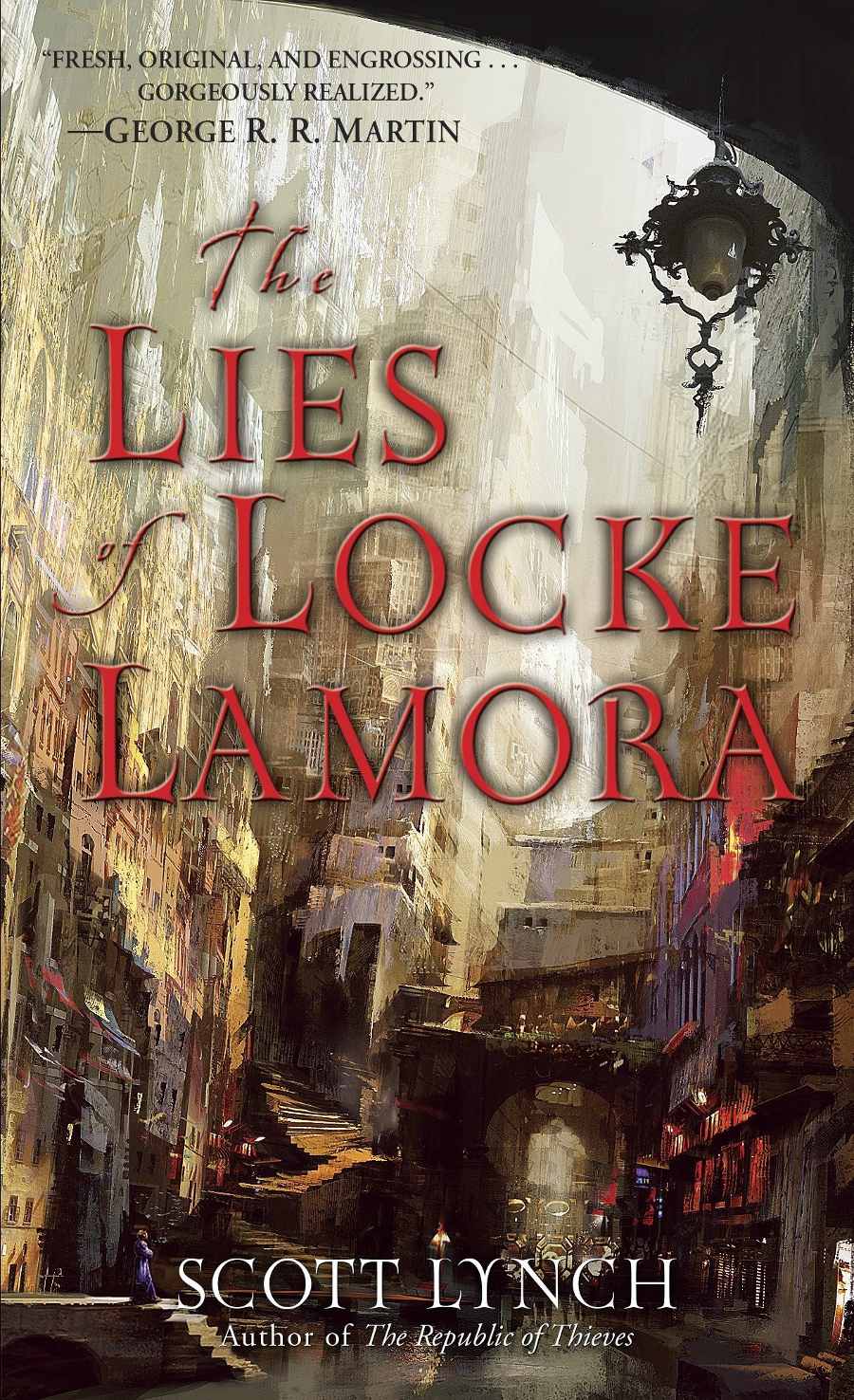
The Buried Giant – Kazuo Ishiguro (2015)
Literary icon, and Nobel-prize winning author, Kazuo Ishiguro’s The Buried Giant follows the lives of an elderly couple, Axl and Beatrice, living in post-Arthurian England where no one is able to retain long-term memories. As reviewed by the Guardian:
“The Booker-winner’s excursion through Britain’s mythical past is a rumination on memory, love and war worthy of a place among the greats…For all the deconstruction The Buried Giant performs on its manifold sources and inspirations, the ultimate measure of Ishiguro’s achievement is that his novel is more than worthy to take its place alongside them. The quest undertaken by Axl and Beatrice is not merely a search for their son, but one that follows in the footsteps of Sir Gawain, and Tennyson’s King Arthur, and Frodo. “
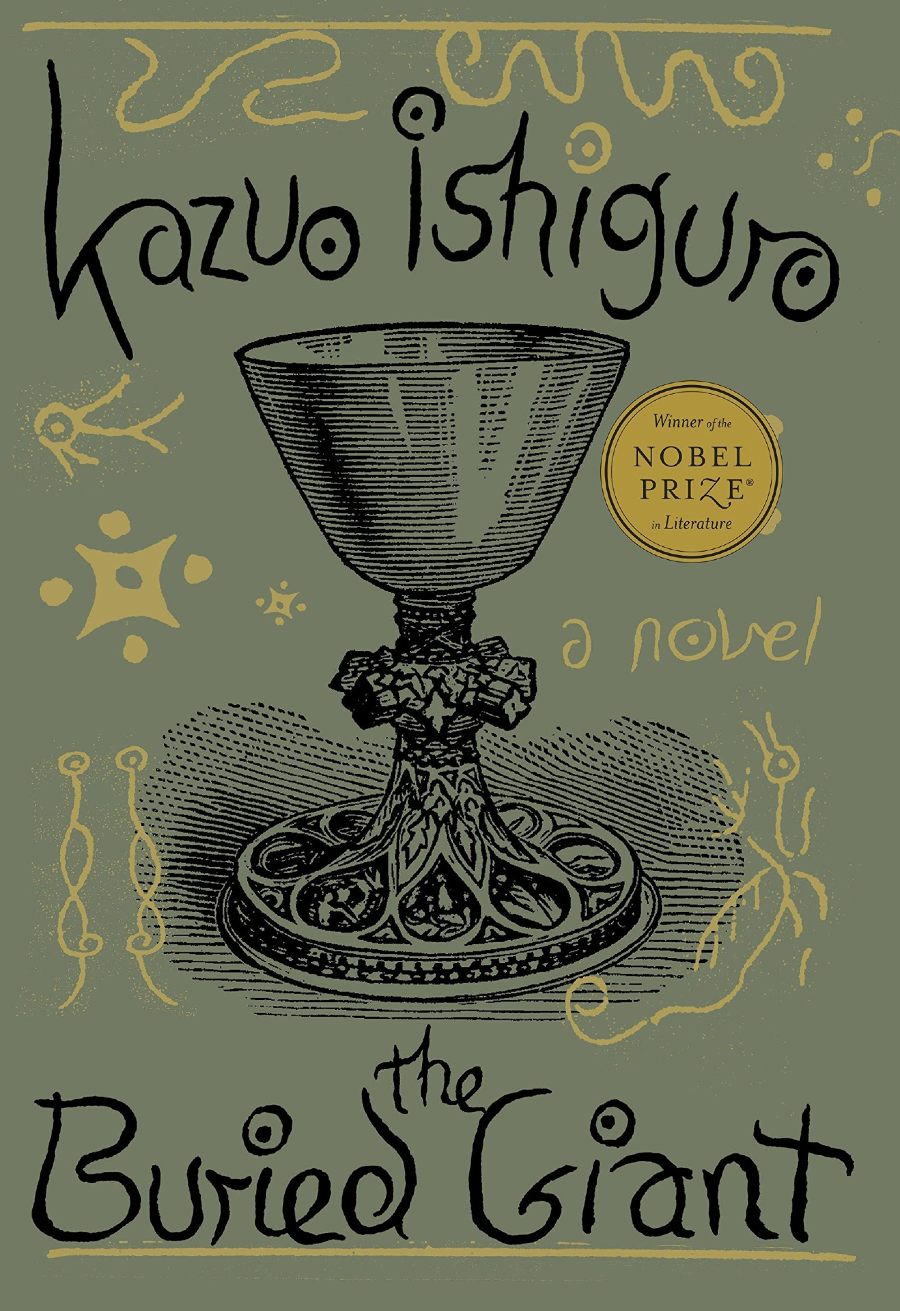
An Ember in the Ashes – Sabaa Tahir (2015)
The beginning of its namesake series, An Ember in the Ashes follows the story of a rebel girl named Laia, who is fighting a tyrannical regime in the Martial Empire, and Elias, a young boy who wishes to escape the regime.
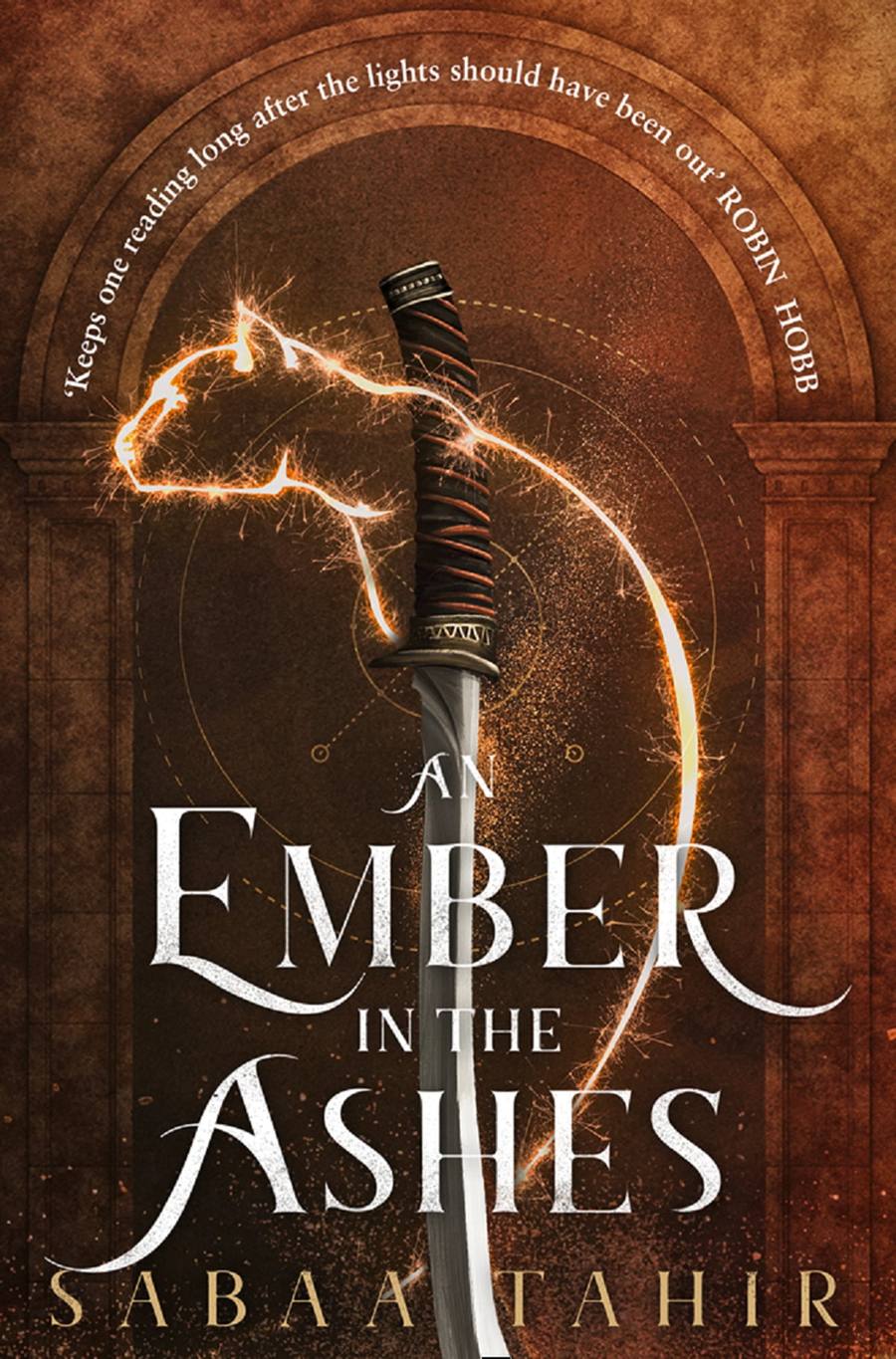
Who Fears Death – Nnedi Okorafor (2018)
Set in a post-apocalyptic Africa, Who Fears Death describes a world that has changed in many ways, yet in one region genocide between tribes still bloodies the land. Onyesonwu — whose name translates as the eponym — has survived the annihilation of her village wanders into the desert, hoping to die. But she as she begins to manifest remarkable magic, she realises she is being hunted by a powerful, unknown enemy.
Hence begins Onye’s journey to understand herself, and elude the force that is persecuting her, with Nnedi Okorafor constructing a complex investigation into the role of nature, tradition, history, love, and the spiritual mysteries of Onye’s culture.
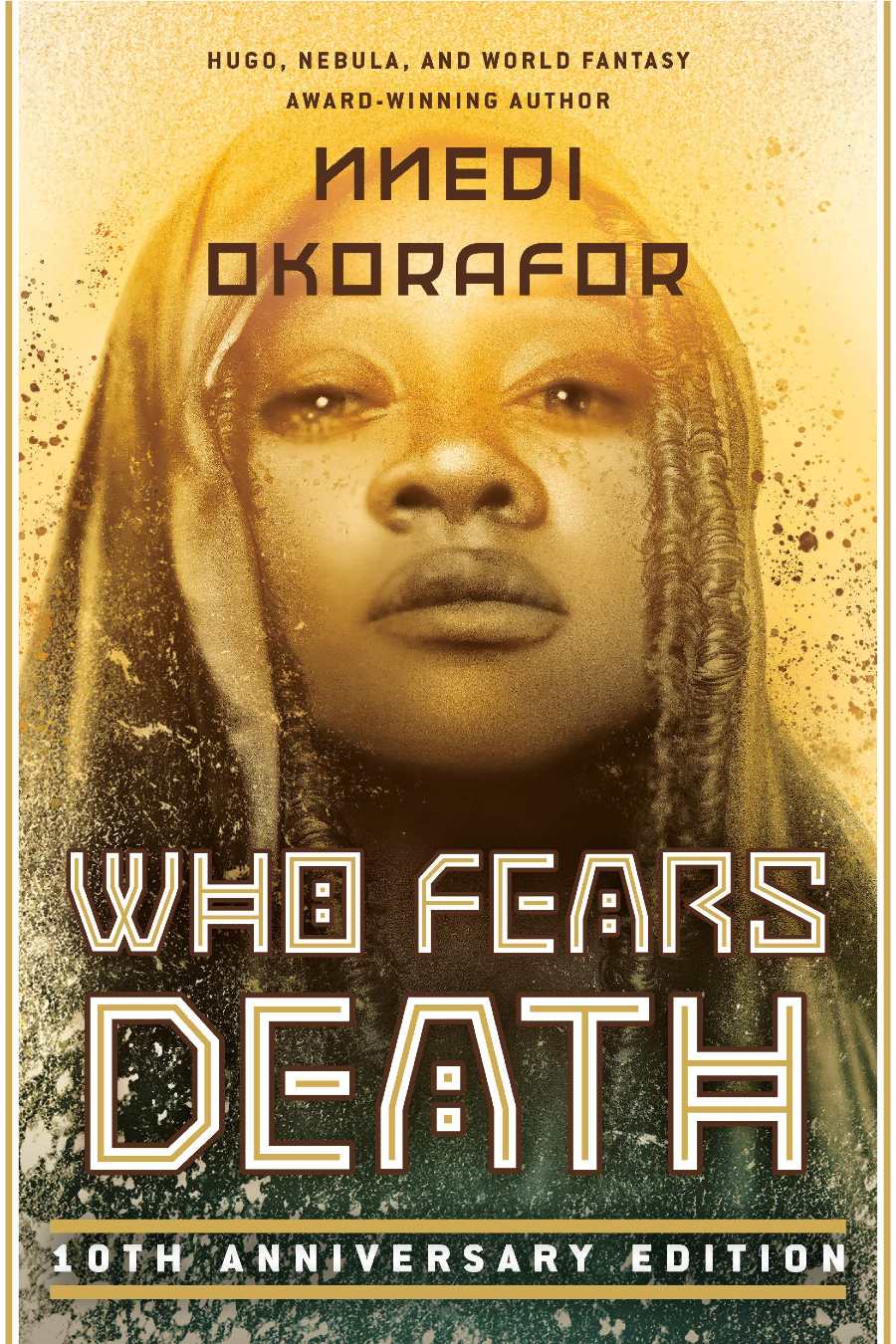
We Hunt the Flame – Hafsah Faizal (2019)
We Hunt the Flame follows the story of Zafira, a Hunter who has taken on the dangerous role of protecting her community, and Nasir, a Prince of Death, who assassinates those that disobey his father’s regime, as they both embark on missions from separate sides of the kingdom to retrieve a mystical ancient artifact.
